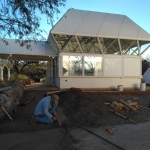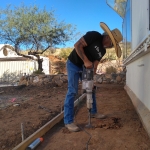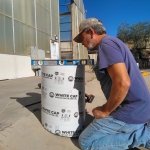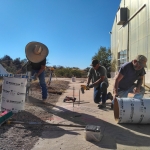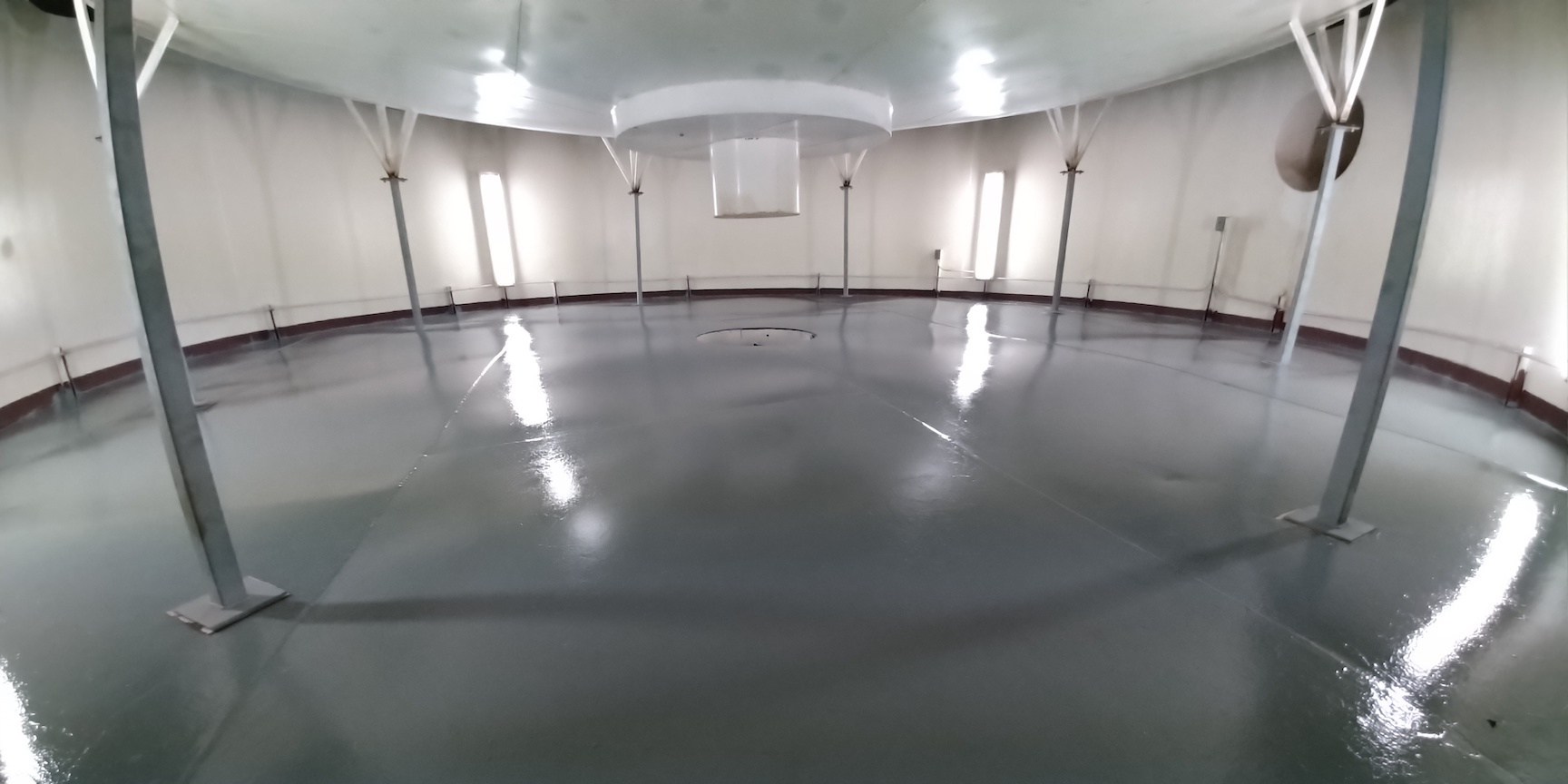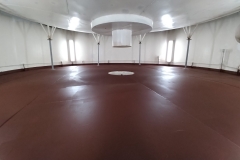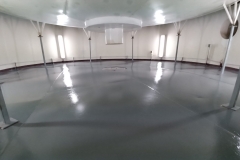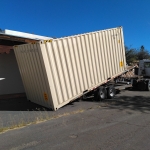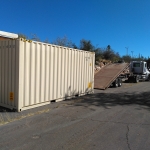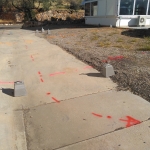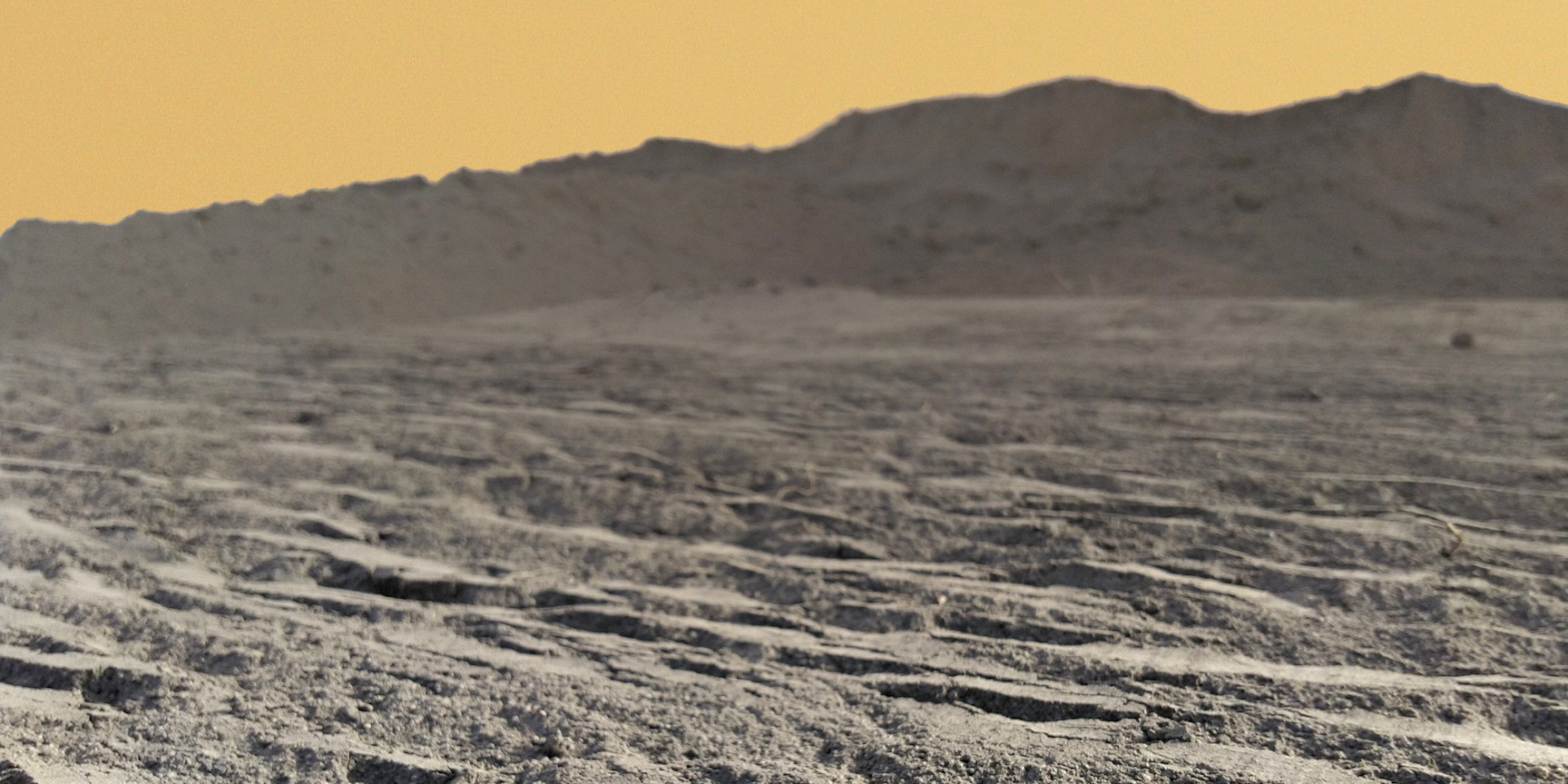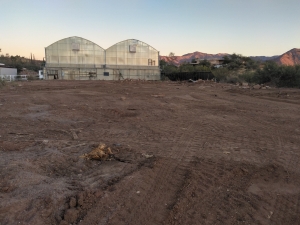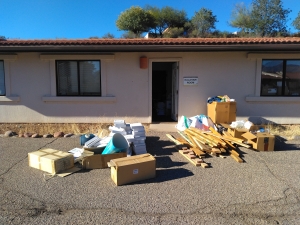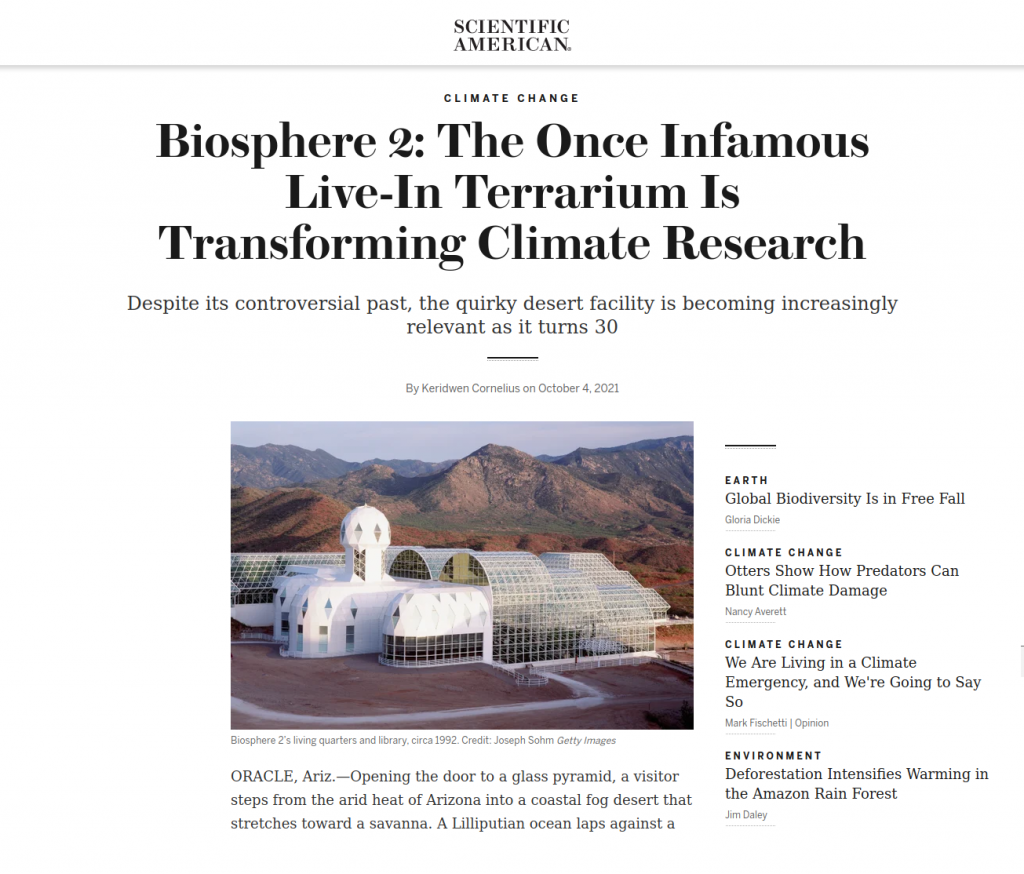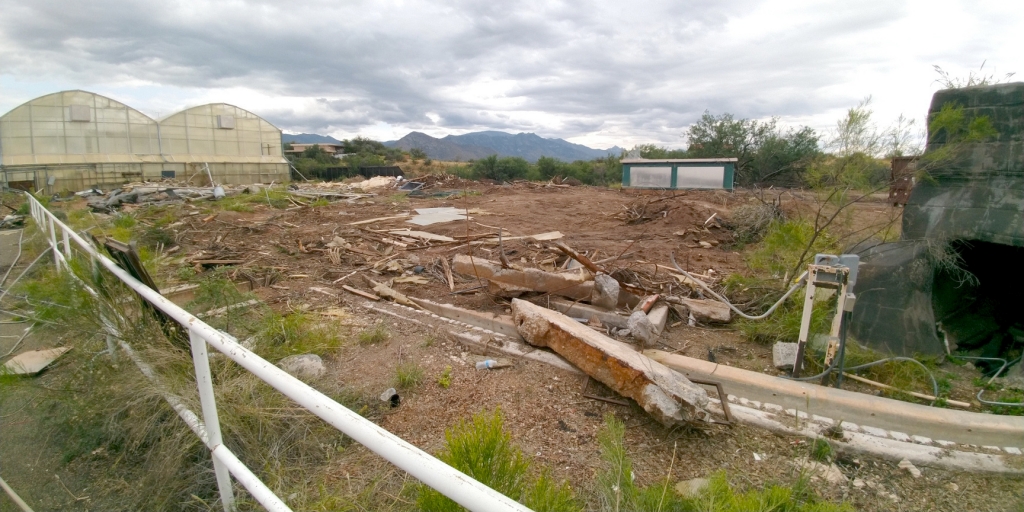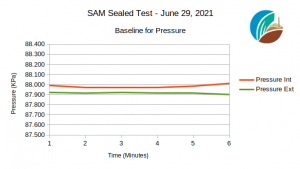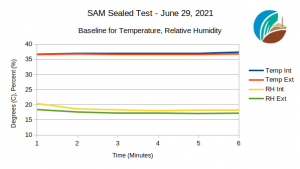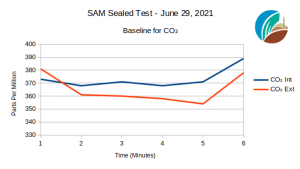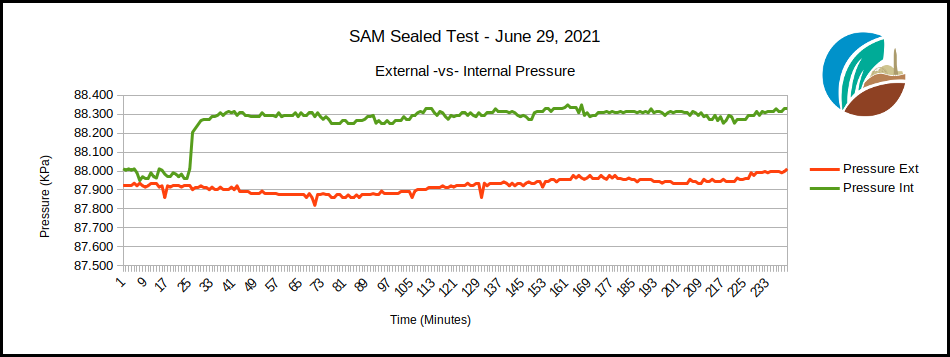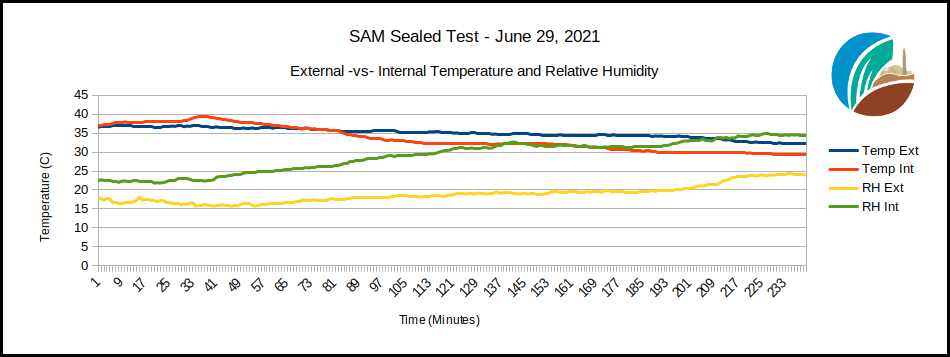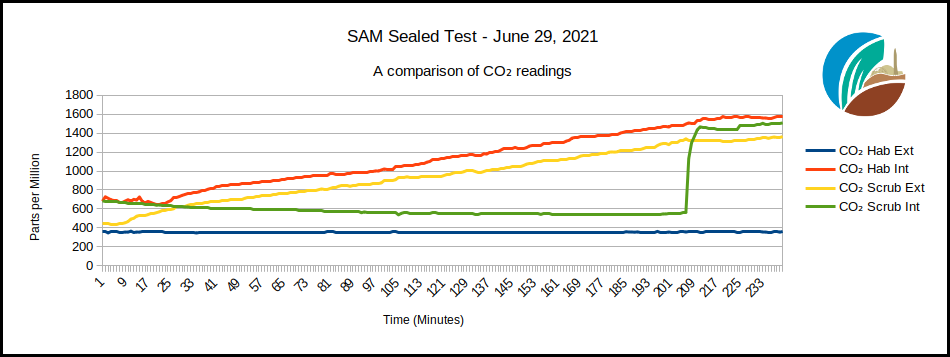Preparation for new concrete footings
With the second phase of construction of SAM we are quickly transitioning from refurbish to new construction (which is far more enjoyable). In the spring of 2021 we poured a new concrete slab between the Test Module and its lung to the south in order to provide a foundation for the new mini-split A/C units, and to reduce the amount of debris and dirt that got kicked up when working in that area. The result was clear, we needed to go ahead and pour a slab around the east and west sides of the Test Module when we moved to pour the concrete footings for the 20 and 40 foot shipping containers, our soon-to-be crew quarters.
Daniel, Ricard, and Fernando are a unique team. Highly skilled, extremely knowledgeable, and absolutely a joy to work with (as well as constant comic relief!, they were able to prepare the site from gravel and dirt to line and laser level in two mornings. Kai Staats assisted with validation of the critical measurements and sketches for the precise location of this exciting addition to SAM.
Next week, the concrete will be poured!


